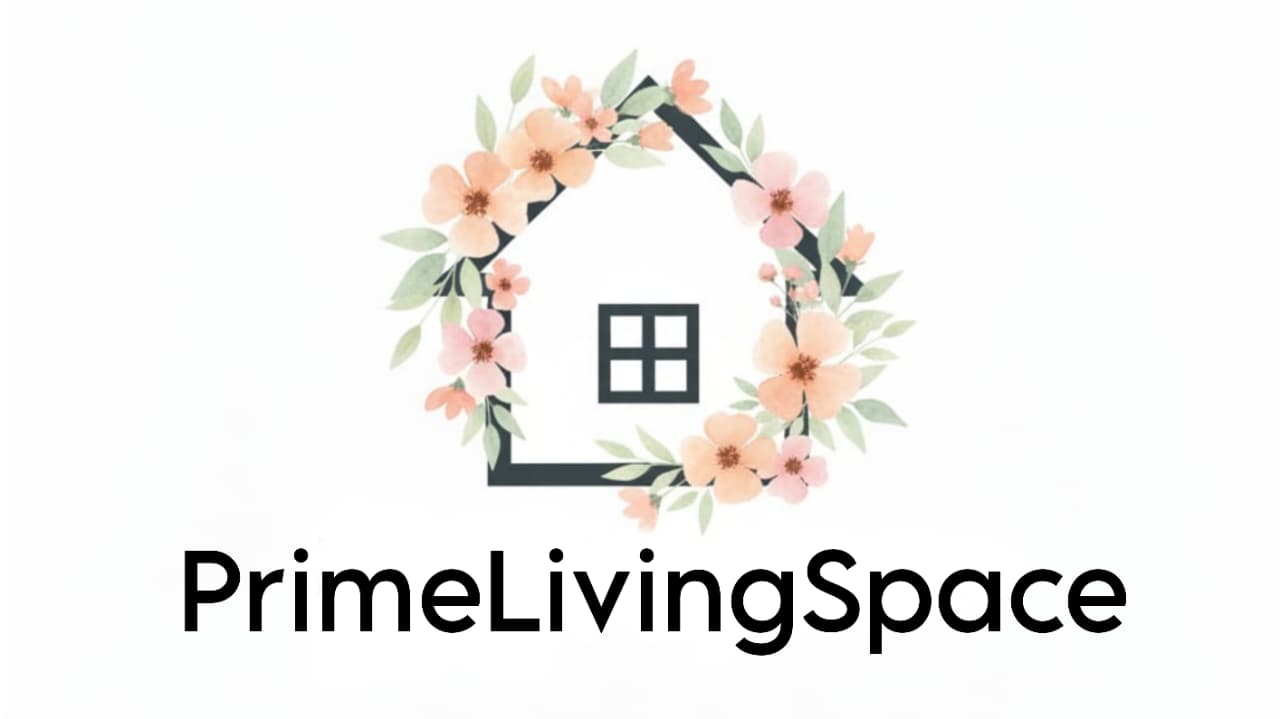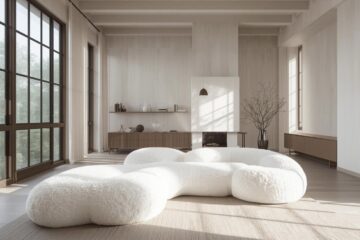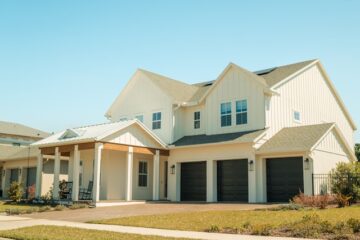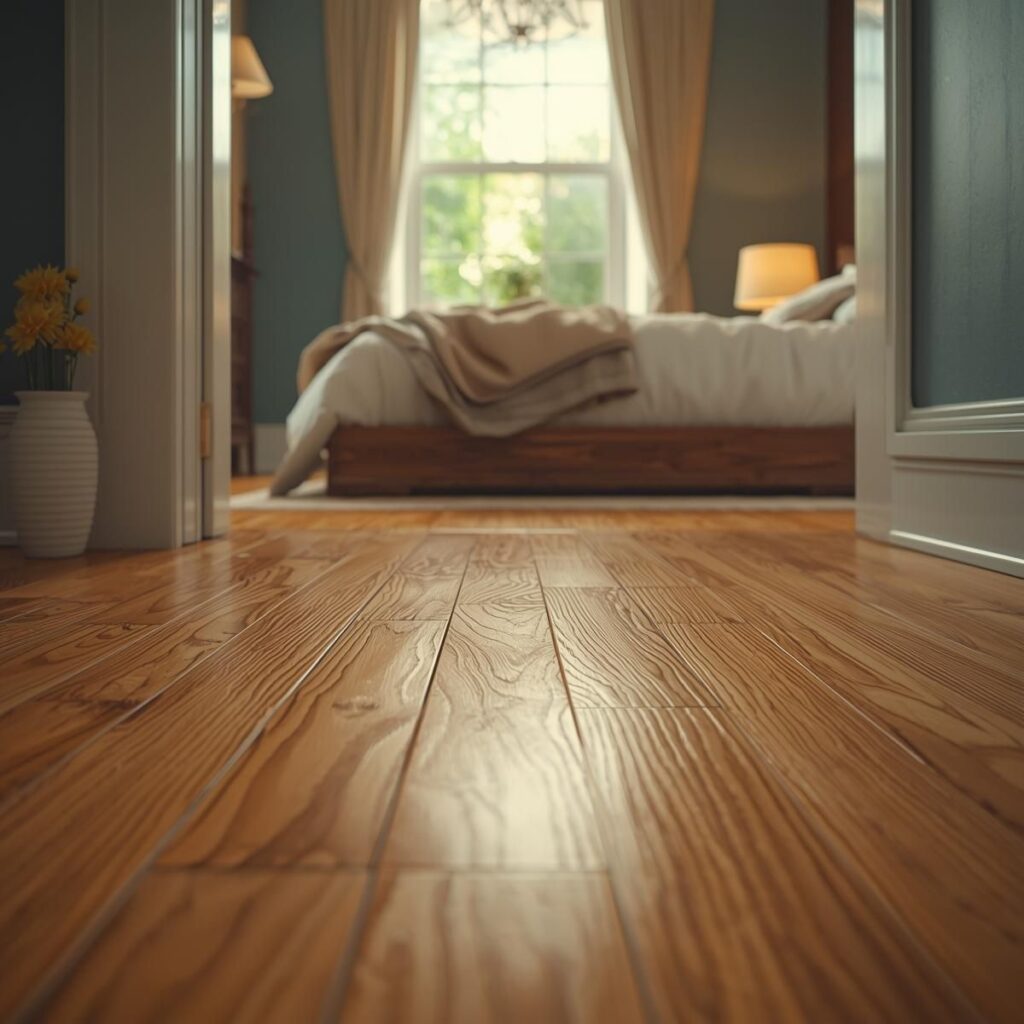
There’s something comforting about walking barefoot on a smooth maple floor. It’s warm yet strong, modern yet timeless. Whether it’s morning light spilling across a glossy plank or the subtle patterns of the grain catching your eye, maple hardwood flooring has a way of making a house feel alive.
For decades, homeowners have turned to maple for its perfect blend of beauty and strength. It’s no surprise — this wood type offers a natural elegance that can elevate both cozy cottages and sleek urban apartments. But what truly sets it apart is how it balances durability with aesthetic charm.
Let’s explore what makes maple hardwood flooring such a beloved choice, its types, benefits, and how it compares to other flooring materials.
- What Is Maple Hardwood Flooring?
- Why Homeowners Love Maple Hardwood Flooring
- Maple vs Other Hardwood Options
- Pros and Cons of Maple Hardwood Flooring
- Best Rooms and Use Cases
- Design Tips for Maple Hardwood Floors
- Caring for Maple Hardwood Flooring
- Why Maple Floors Are Worth the Investment
- Questions Asked for Maple Hardwood Flooring
What Is Maple Hardwood Flooring?
In simple terms, maple hardwood flooring is made from the dense, fine-grained wood of the maple tree — one of North America’s most popular hardwood species.
Maple is known for its tight grain pattern, light creamy color, and smooth surface texture. Unlike oak or hickory, which often have dramatic grains, maple’s subtle design offers a clean, contemporary look.
There are two main types to know about:
1. Solid Maple Flooring
- Made from a single piece of natural maple wood.
- Extremely durable and long-lasting (can be sanded and refinished multiple times).
- Perfect for traditional homes or high-traffic areas.
2. Engineered Maple Floors
- Constructed with a real maple veneer on top of plywood layers.
- More stable in humid or changing climates — great for basements or apartments.
- Offers the same beauty as solid wood but often at a more affordable price.
Both types share maple’s signature natural hardwood texture and silky grain pattern that reflect light beautifully.
Read: Flooring Harmony: How to Match Floors and Subfloors Like a Pro
Why Homeowners Love Maple Hardwood Flooring
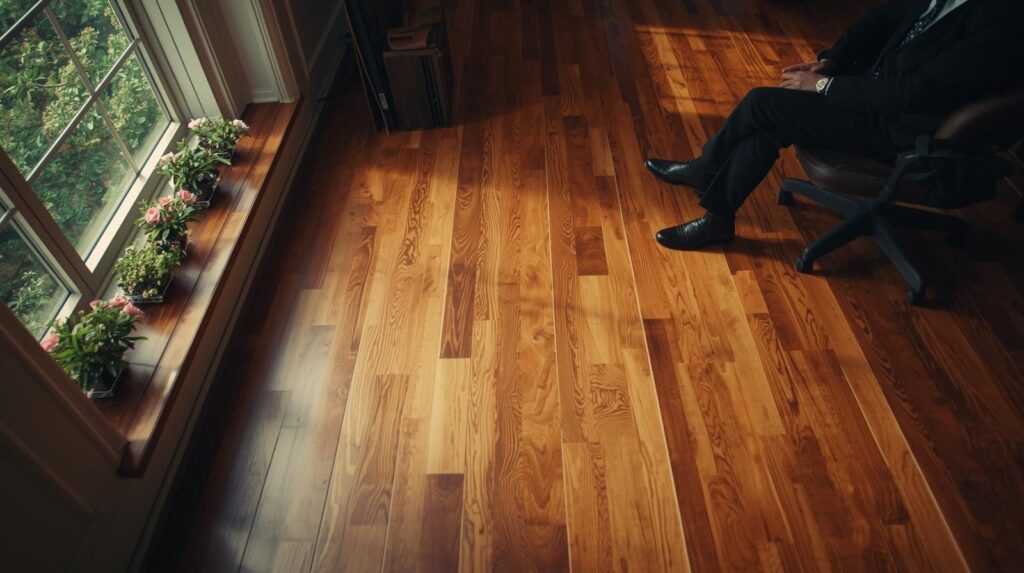
1. Exceptional Durability
Maple is one of the hardest domestic hardwoods, making it incredibly resistant to dents, scratches, and daily wear. If you have kids, pets, or heavy furniture — maple can handle it all.
2. Natural Light and Warmth
Its pale, creamy tone brightens rooms and makes small spaces feel larger. The way maple reflects light creates an inviting glow that enhances both natural and artificial lighting.
3. Timeless Aesthetic
The maple wood grain pattern is subtle and elegant. It complements almost any interior style — from minimalist modern to rustic farmhouse.
4. Easy Maintenance
With proper cleaning and occasional refinishing, maple floors can look beautiful for decades. Regular sweeping and mild wood cleaners keep the surface spotless.
5. Eco-Friendly and Sustainable
Maple is a renewable resource, often harvested responsibly in North America. Choosing it supports sustainable forestry practices and reduces carbon impact.
Maple vs Other Hardwood Options
When compared to other popular woods, maple hardwood flooring stands out for its balance of style and practicality.
| Feature | Maple | Oak | Hickory |
| Grain Pattern | Smooth, fine, subtle | Bold, prominent | Strong, rustic |
| Color | Light cream to pale brown | Warm red to golden | Darker tan & brown |
| Hardness (Durability) | Very hard | Moderately hard | Very hard |
| Best For | Modern or bright interiors | Classic homes | Rustic spaces |
While oak gives a traditional charm and hickory delivers a rugged look, maple offers modern elegance with a clean, refined appearance.
Read: Maple Hardwood Flooring vs Oak: Which One Truly Elevates Your Home?
Pros and Cons of Maple Hardwood Flooring
Pros
- High durability and long lifespan
- Bright, natural color ideal for light interiors
- Compatible with multiple stains and finishes
- Low maintenance and easy cleaning
- Available in both solid maple flooring and engineered maple floors
Cons
- Can show scratches more easily on glossy finishes
- Harder surface means less sound absorption
- Sensitive to humidity — requires acclimation before installation
Best Rooms and Use Cases
Because of its hardness and light tone, maple is incredibly versatile. Here’s where it shines most:
- Living rooms: adds warmth and reflects natural light beautifully
- Bedrooms: creates a calm, clean, inviting atmosphere
- Hallways: resists scuffs and dents from high foot traffic
- Offices or studios: enhances brightness and professionalism
Avoid installing solid maple in moisture-prone spaces like bathrooms or laundry rooms — opt for engineered maple floors instead.
Design Tips for Maple Hardwood Floors
- Pair with contrast: Use darker furniture or wall tones to make maple’s light color pop.
- Use rugs strategically: Add area rugs to balance texture and protect high-use areas.
- Go matte or satin: These finishes reduce glare and hide scratches better than glossy options.
- Highlight the grain: A natural or clear finish keeps the maple wood grain pattern visible and organic.
Caring for Maple Hardwood Flooring
To keep your maple floors looking new:
- Sweep or vacuum regularly to prevent dust buildup.
- Use damp (not wet) microfiber mops for cleaning.
- Avoid harsh chemicals — use wood-safe cleaners only.
- Refinish every few years to restore shine and protect the surface.
Maple’s dense structure makes it highly resistant to wear, but a little care goes a long way toward preserving its glow.
Read: How to Care for Maple Hardwood Flooring: Cleaning, Protection, and Long-Term Beauty
Why Maple Floors Are Worth the Investment
Maple hardwood isn’t just flooring — it’s a long-term design statement. It offers the perfect blend of beauty, performance, and sustainability.
If you’re designing a modern home or renovating a classic one, maple’s warm tone and fine texture bring sophistication without feeling overdone. It’s the kind of floor that feels good under your feet — and looks even better every year.
So whether you choose solid maple flooring for timeless authenticity or engineered maple floors for practicality, one thing’s certain: maple hardwood flooring turns any room into a place you’ll love coming home to.
Read: The Truth About Dark Wood Floors After 5 Years
Questions Asked for Maple Hardwood Flooring
1. Can you refinish maple hardwood floors?
Yes, you absolutely can — but it requires a little patience and skill. Maple is a dense wood, which makes sanding a bit tricky compared to softer species like oak. When refinishing, use a fine grit sandpaper and take your time to avoid swirl marks or uneven patches. Once sanded, apply a high-quality polyurethane finish to bring back the floor’s natural glow. A professional refinisher can make old maple floors look brand new again.
2. Can you stain maple hardwood floors?
Yes, but here’s the catch — maple doesn’t absorb stain evenly because of its tight grain pattern. This can sometimes lead to blotchy or uneven coloring if not done correctly. To get a smooth, consistent tone, use a pre-stain wood conditioner before applying the stain. Light to medium stains usually work best on maple, enhancing its natural beauty without hiding the grain.
3. Is maple a good hardwood for floors?
Definitely! Maple is one of the most popular choices for hardwood flooring — and for good reason. It’s strong, durable, and resistant to wear, which makes it perfect for high-traffic areas like living rooms, kitchens, and hallways. Plus, its subtle grain pattern gives homes a clean, modern look. If you want a floor that lasts for decades and still looks elegant, maple is a smart choice.
4. What are the benefits of maple wood?
Maple wood comes with a long list of perks:
- Durability: It’s harder than oak and resists dents and scratches.
- Smooth texture: Its fine, even grain gives floors a sleek finish.
- Versatility: Works with both light and dark stains, fitting any décor style.
- Low maintenance: Easy to clean and maintain with basic care.
- Sustainability: Maple trees grow widely in North America, making it an eco-friendly choice.
Simply put, maple wood combines strength, beauty, and sustainability in one package.
5. How to clean maple hardwood floors?
Cleaning maple hardwood floors is simple — just avoid too much water. Here’s the best routine:
- Sweep or vacuum daily to remove dust and grit that can scratch the surface.
- Use a damp (not wet) mop with a mild hardwood floor cleaner.
- Avoid harsh chemicals, waxes, or oil soaps — they can dull the finish.
- Wipe spills immediately to prevent water damage or staining.
- Add rugs or mats in high-traffic areas to protect the surface.
Regular gentle care keeps your maple floors glowing for years without losing their natural shine.
